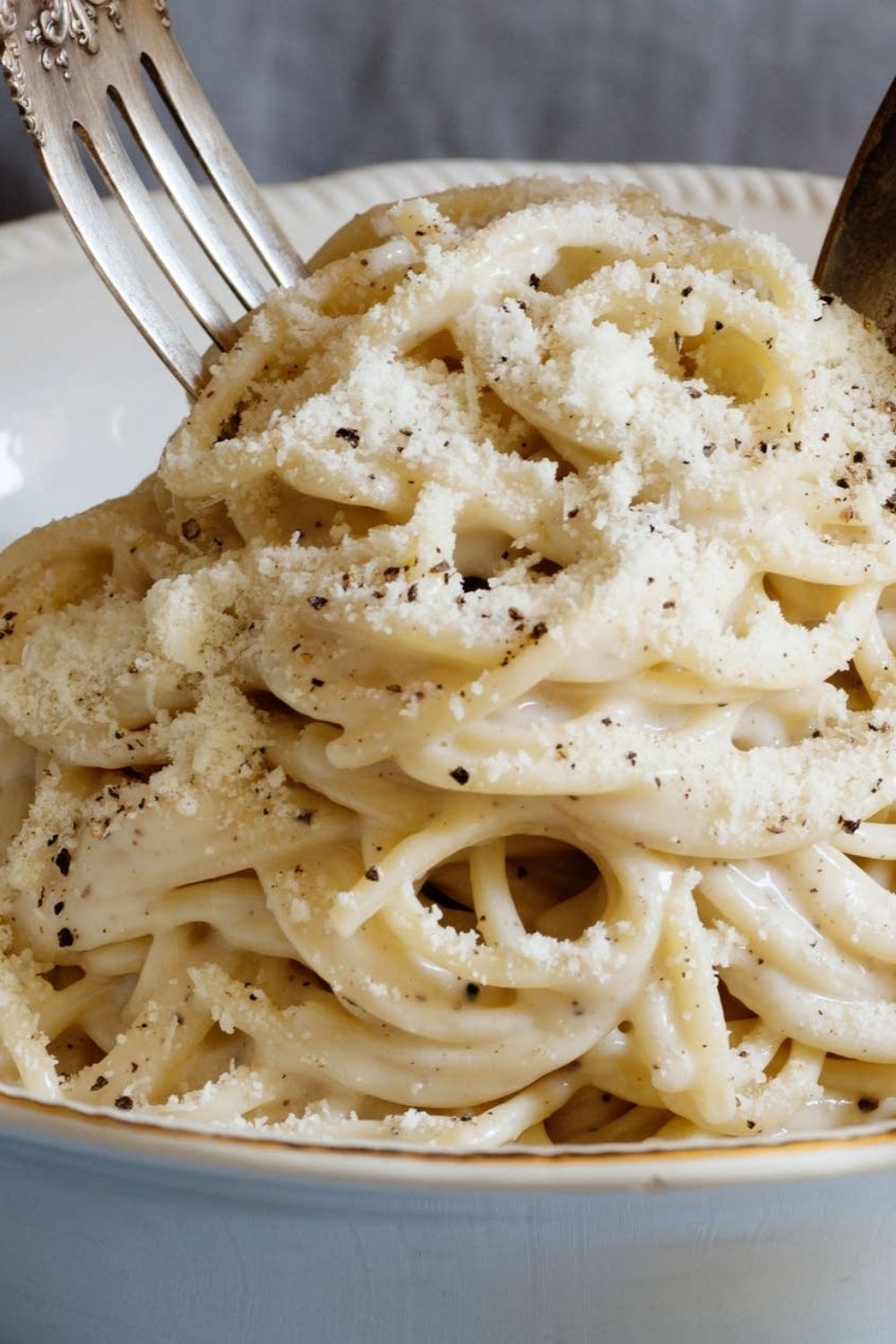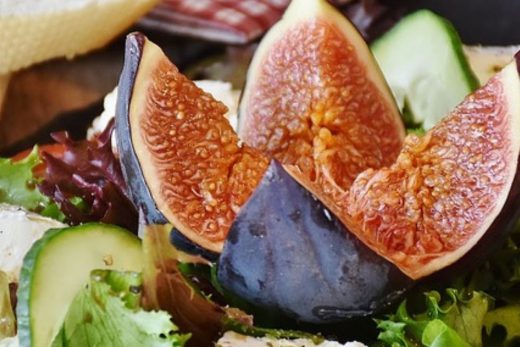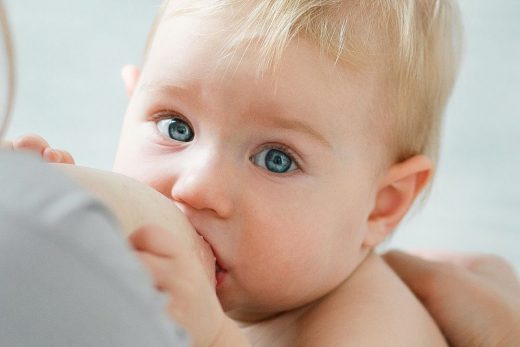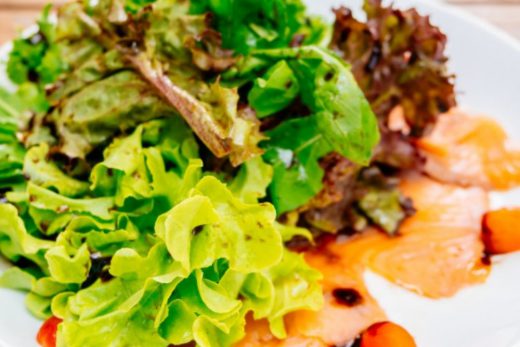Using Chemistry to Improve Browning in Baked Wings
So what factors can affect browning? Well, temperature and time are the most obvious answers. But I knew that pH also had something to do with it.
My first step: set a benchmark by deep-frying and analyzing a batch of wings. As you can see, the key characteristics are the well-rendered, blistered, bubbly, crackly skin and the moist, fatty meat underneath. Without this ultra-crisp skin, the wings would quickly become saturated in sauce and soggy. At the same time, blistered skin boasts much more surface area than smooth skin, leading to better sauce adhesion and packing more flavor into each bite.
A baked wing, on the other hand, has a problem: Despite near hour-long cooking times for some recipes, the skin never blisters in quite the same way—it stays smooth and tight. What little sauce can adhere to it rapidly causes it to turn soft and soggy.





